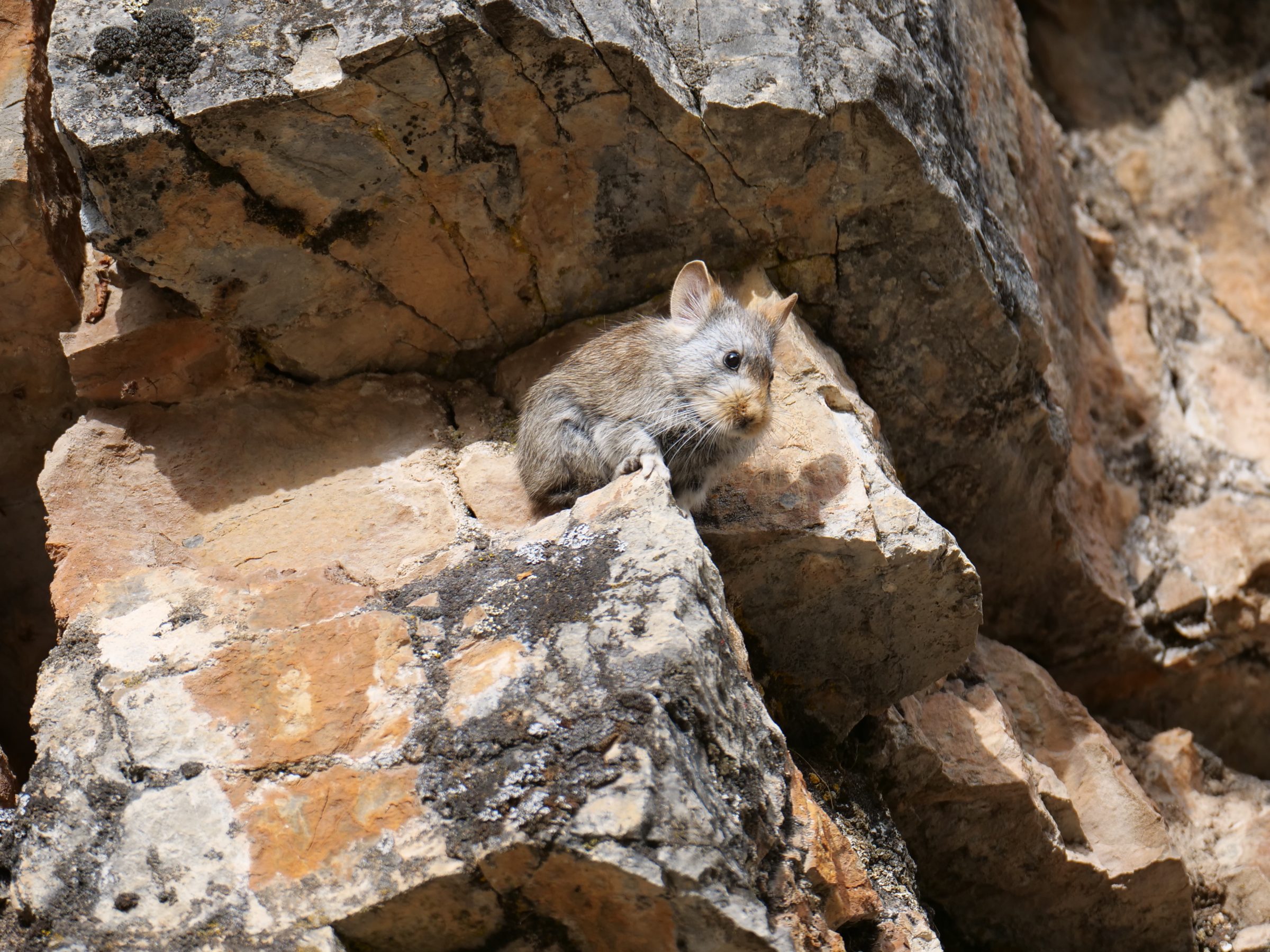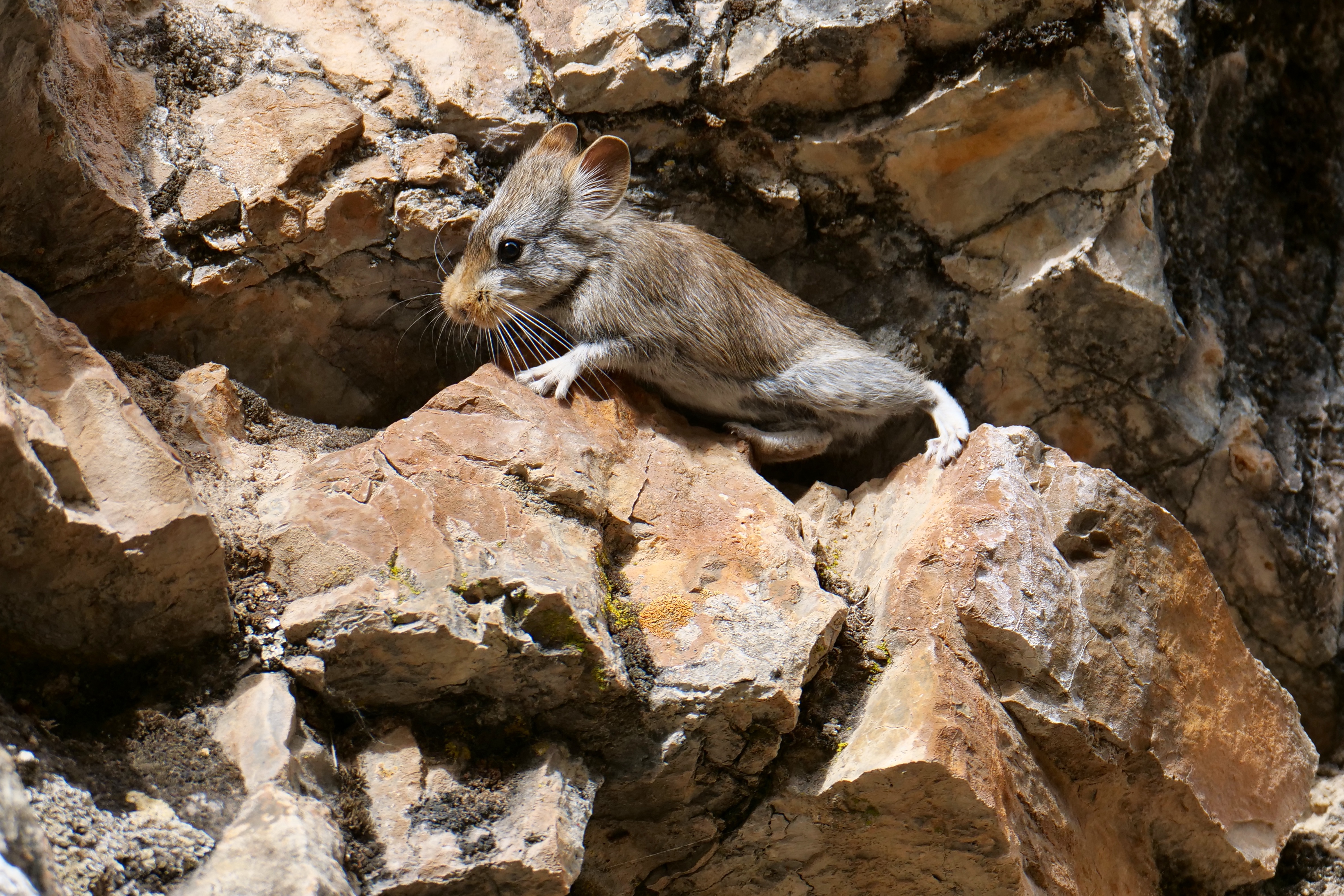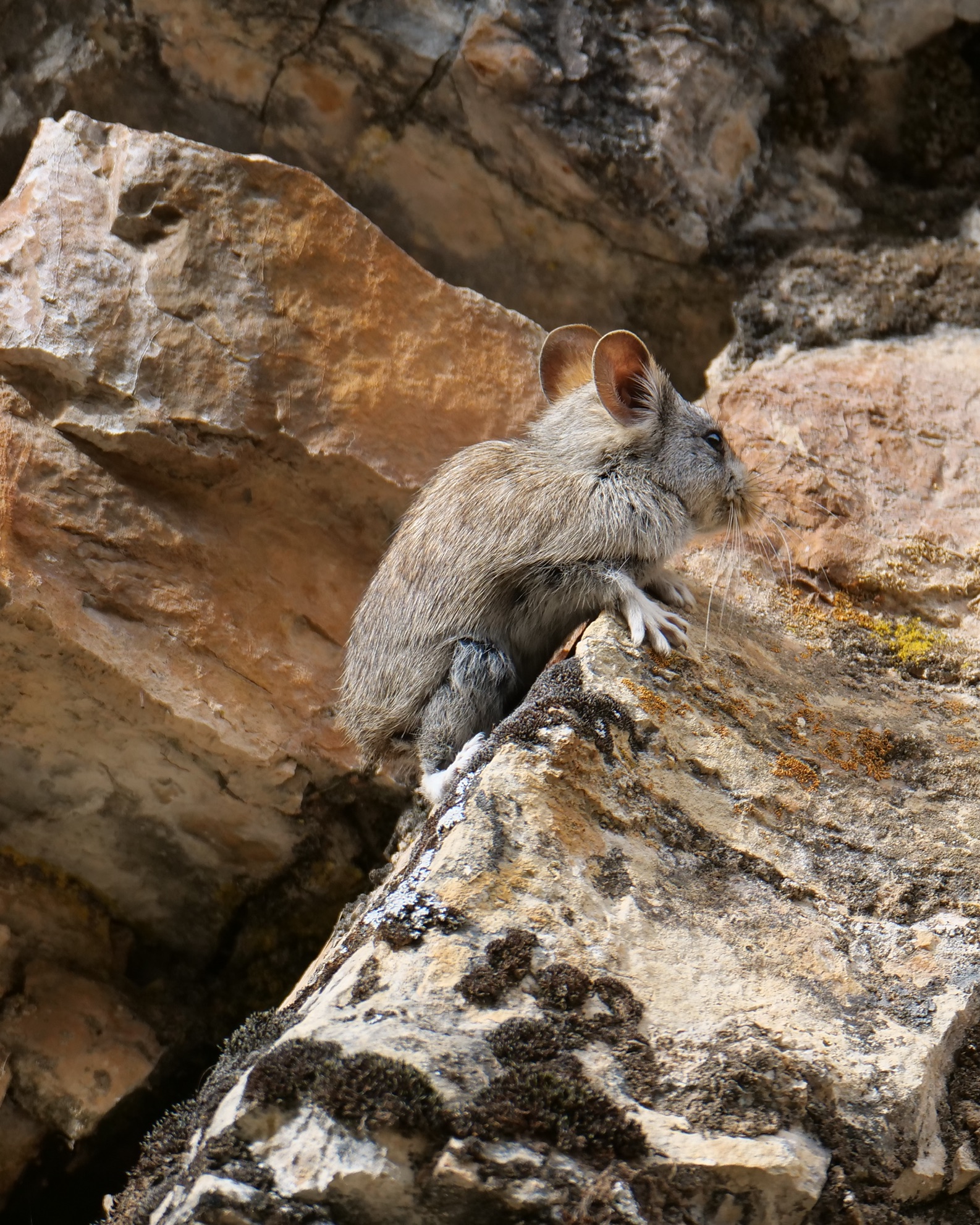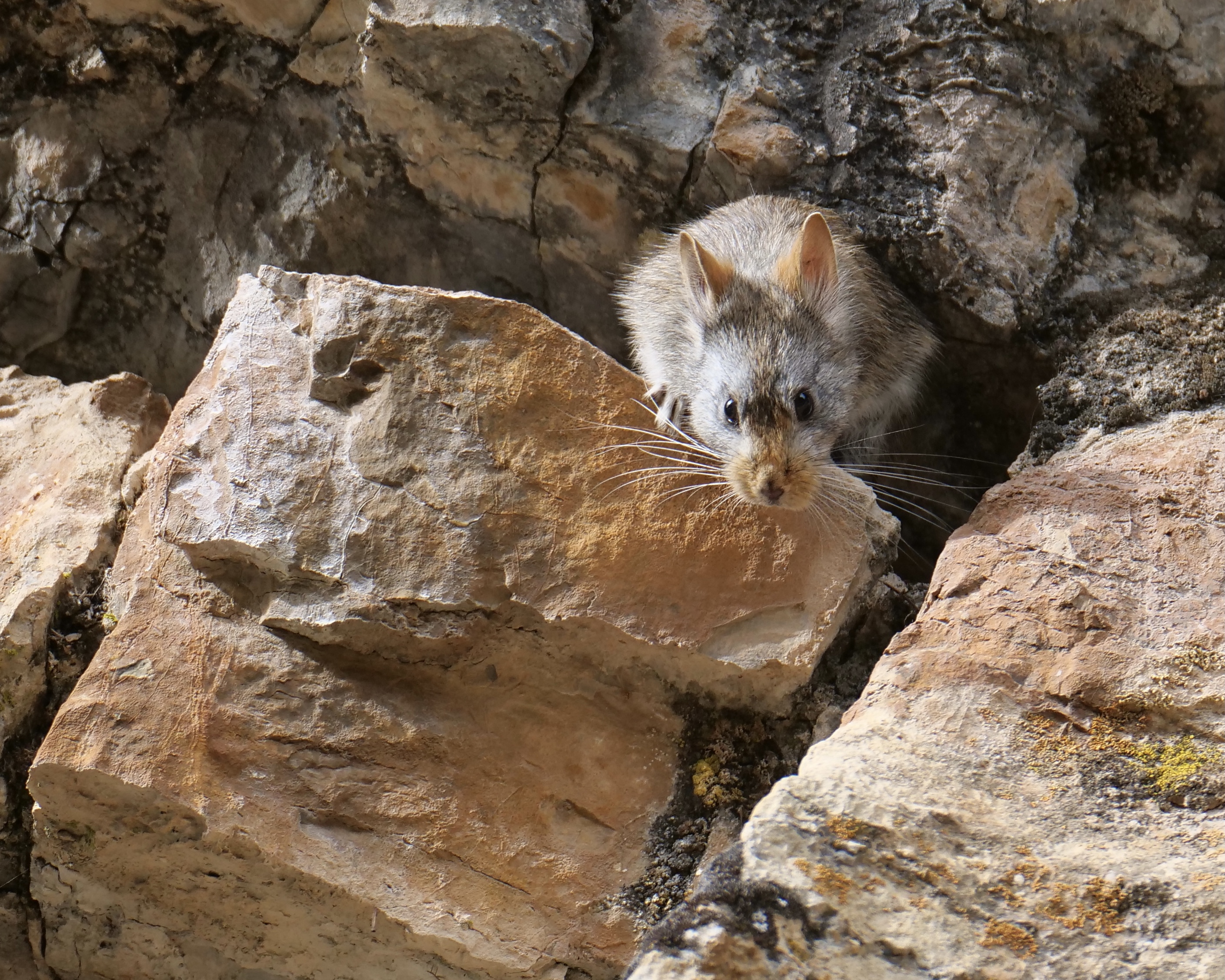Meet Ochotona gloveri – Glover’s pika.
This mostly-solitary herbivore is a high altitude specialist, to whom temperatures north of 26 Celsius could prove fatal.
Glover’s pikas live on and near to the Tibetan Plateau, mostly on/in steep rockfaces.
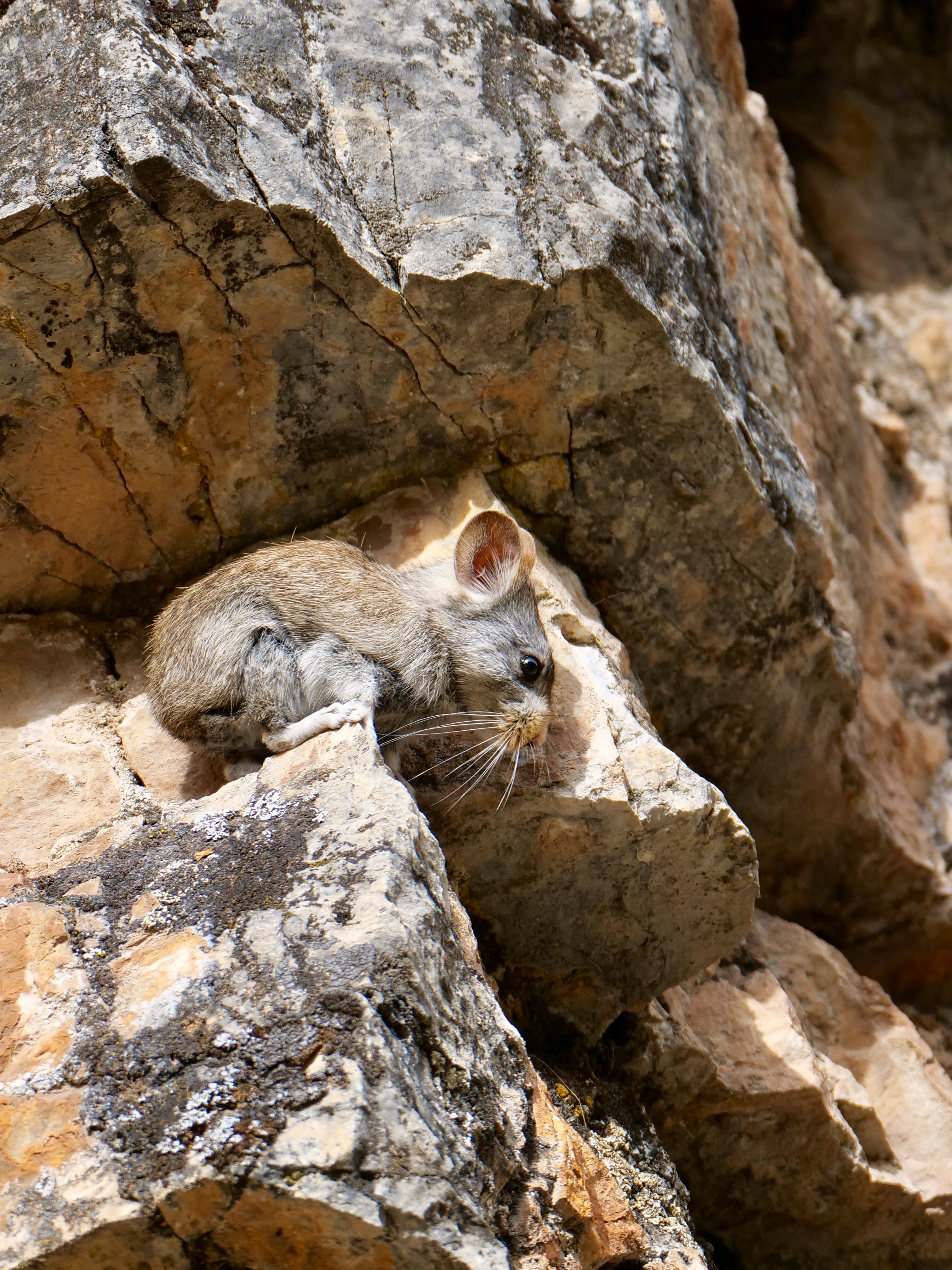
The Tibetan Plateau is home to the world’s largest wild ass, one of the largest bovine species, various antelopes, and some well-muscled wild sheep, wolves, foxes, big cats and biggish cats, various mustelids, some rodents…and millions of pikas.
The last-named, as individuals, sit at or near the bottom of the Plateau’s mammal table, size-wise.
However, I am nigh certain that members of various pika species would comprise the major portion of the mammalian mass on the “roof of the world”.
Like rabbits, to whom they are related, pikas are sometimes wrongly-described as rodents.
Glover’s pikas would comprise a small portion of pikadom, whether measured by mass or by number of individuals.
They are, however, not considered endangered; their habitats are scattered across a wide area, mostly in places where humans are rarely present.
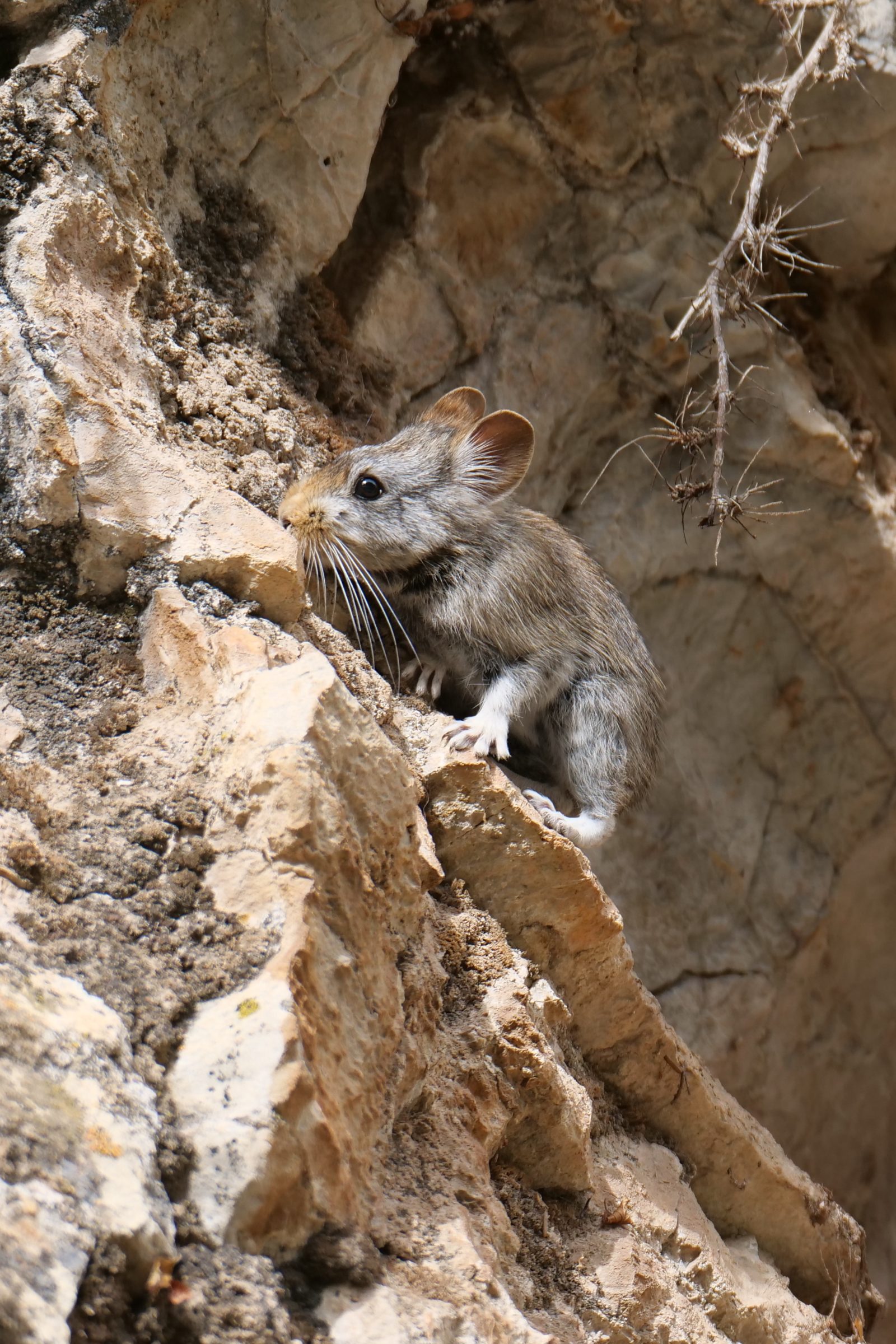
Glover’s pika is the most rabbit-like pika species, appearance-wise, but perhaps the least rabbit-like, behaviourally.
Click here to learn more about pikas in general, and click this for more about Glover’s pika.
Most of the Plateau’s pikas live under grassland, in large congregations.
They have to emerge, in order to eat or gather food.
Inevitably, the grasslands’ pikas are very skittish indeed – acutely aware that they comprise a large portion of the Plateau’s predators’ diet.
Glover’s pikas – mostly-solitary inhabitants of very steep, rocky places – are still wary, but much less “nervous”.
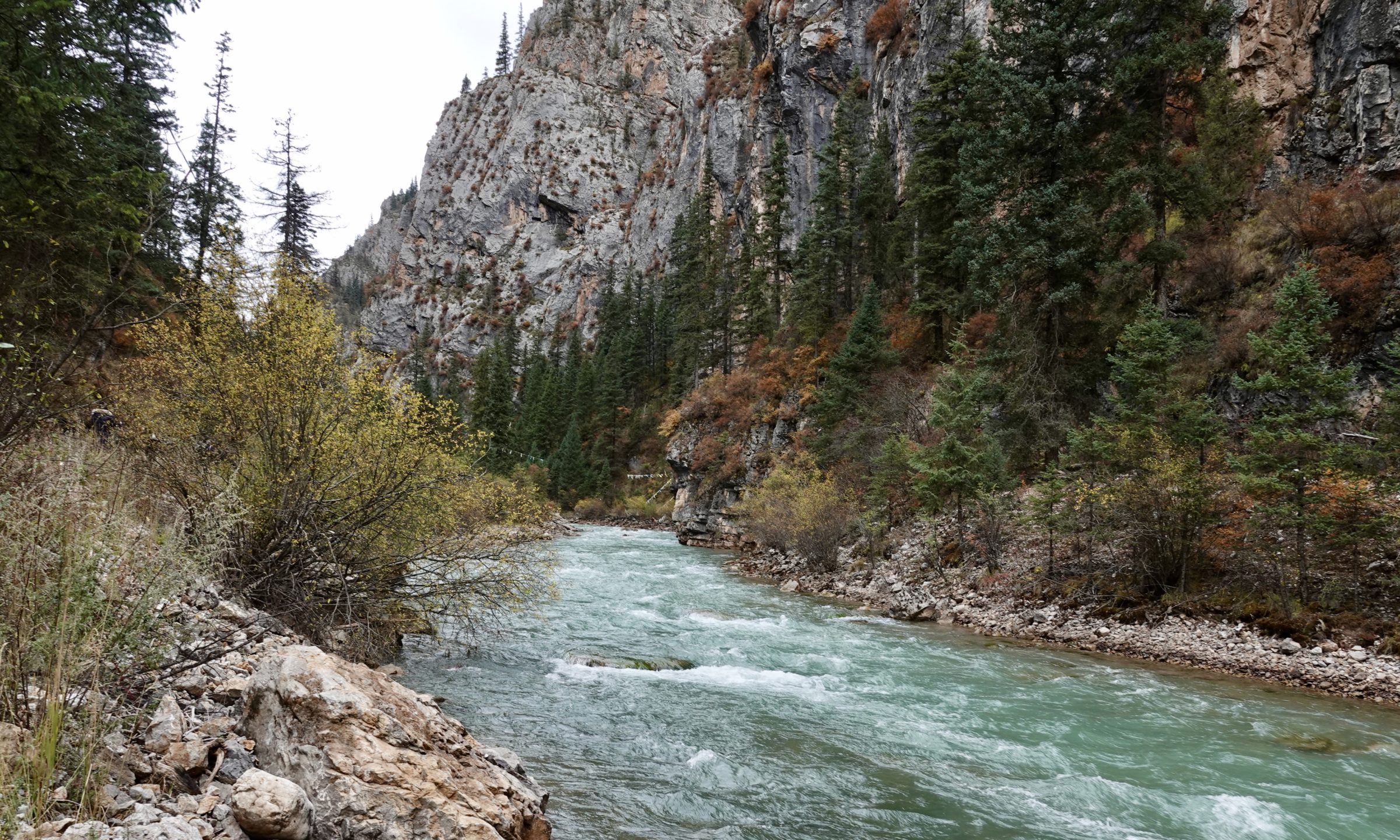
The above is ideal habitat, if you are a Glover’s pika.
All other photos show the same individual, who dwelled behind an almost vertical rockface in the Baixha Valley, in southern Qinghai, near Nangqian/Nangchen.
The forest reserve in question is variously called the Baixha Forest Reserve, or the Baixha Valley section of the Nangqian Forest Reserve.
The general region – one larger than England and Wales combined – is sometimes known as the Sanjiangyuan.
The name translates as “source of three rivers”, which refers to three of Asia’s greatest – the Yellow, the Yangtze and the Mekong.
